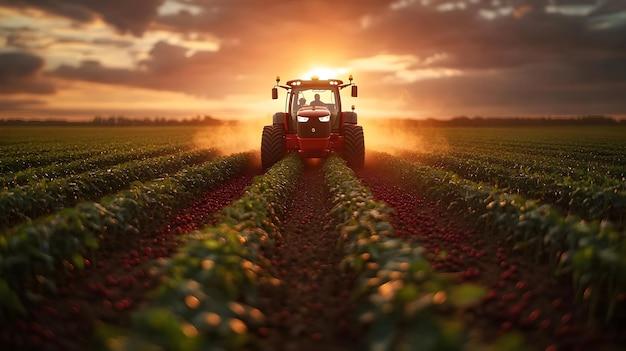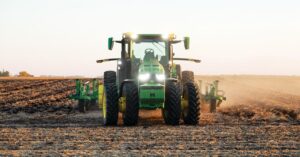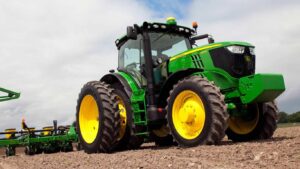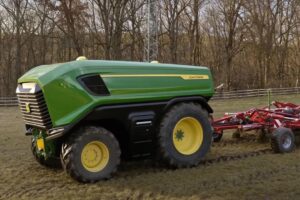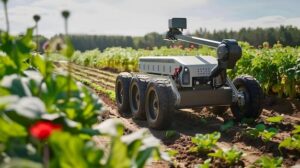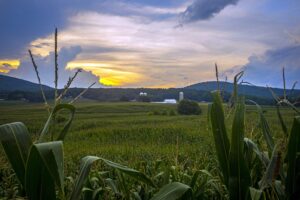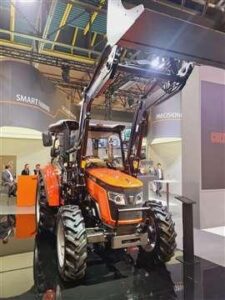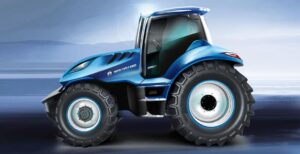Agricultural automation has reached new heights with the advent of self-driving tractors, revolutionizing farming practices across the globe. These autonomous machines combine GPS technology, advanced sensors, and artificial intelligence to perform precise field operations with minimal human intervention. As farmers face increasing pressure to optimize productivity while managing labor shortages, self-driving tractors have emerged as a practical solution for modern agriculture. This article examines the leading autonomous tractor models currently available in the market, comparing their key features, capabilities, and potential impact on farming operations. as agriculture evolves with technological advancement,autonomous tractors have become a reality for modern farming operations. The Case IH Autonomous Concept Vehicle leads the innovation wave, featuring a completely cabless design and advanced obstacle detection systems. This revolutionary machine operates around the clock, maximizing productivity while minimizing human intervention.
John Deere’s 8R series offers a sophisticated autonomous system that can be retrofitted to existing machines. These tractors utilize GPS guidance and can perform complex field operations independently. Farmers can monitor and control the operation through a mobile device, making real-time adjustments from anywhere on the farm.
New Holland’s NHDrive presents another compelling option, combining traditional operator-controlled functionality with autonomous capabilities. This dual-mode system provides adaptability for various farming scenarios, allowing seamless transitions between manual and autonomous operations. the tractor’s intelligent software optimizes field patterns and resource utilization.
Kubota’s concept autonomous tractor showcases innovative AI-powered decision-making abilities. The machine learns from previous operations and adapts to changing field conditions, ensuring optimal performance across diverse agricultural environments. Its compact design makes it suitable for smaller operations while maintaining advanced autonomous features.
AGCO’s Fendt introduces the Guide Connect system, where one manned tractor leads while another follows autonomously. This master-slave configuration increases efficiency in large-scale operations while maintaining human oversight. The system’s collaborative approach represents a practical stepping stone toward full autonomy.
yanmar’s autonomous tractor series emphasizes precision agriculture with advanced sensing technologies. These machines excel in specialized crops and confined spaces, utilizing artificial intelligence to navigate complex field layouts and perform detailed tasks with minimal supervision.
Mahindra’s driverless tractor technology focuses on accessibility and ease of use.Their system incorporates user-friendly interfaces and straightforward controls, making autonomous farming more approachable for traditional agricultural operations transitioning to modern methods.
The Autonomous Tractor Corporation (ATC) offers conversion kits that transform conventional tractors into self-driving units. This cost-effective solution enables farmers to gradually adopt autonomous technology without completely replacing their existing equipment.
These autonomous tractors feature comprehensive safety systems, including LiDAR sensors, cameras, and proximity detectors. Most models can operate in various weather conditions and light levels, maintaining consistent performance throughout extended working hours.
Pricing varies significantly across models, ranging from $100,000 for basic autonomous capabilities to over $500,000 for fully autonomous systems. Operating costs generally decrease over time as efficiency improvements offset initial investments. Maintenance requirements focus primarily on sensor calibration and software updates rather than traditional mechanical servicing.
battery life and fuel efficiency vary by manufacturer, with most models capable of operating 12-16 hours continuously.Some systems incorporate automated charging or refueling mechanisms, further reducing human intervention requirements. Manufacturers typically provide comprehensive training and support programs to ensure smooth implementation of these advanced agricultural tools.

